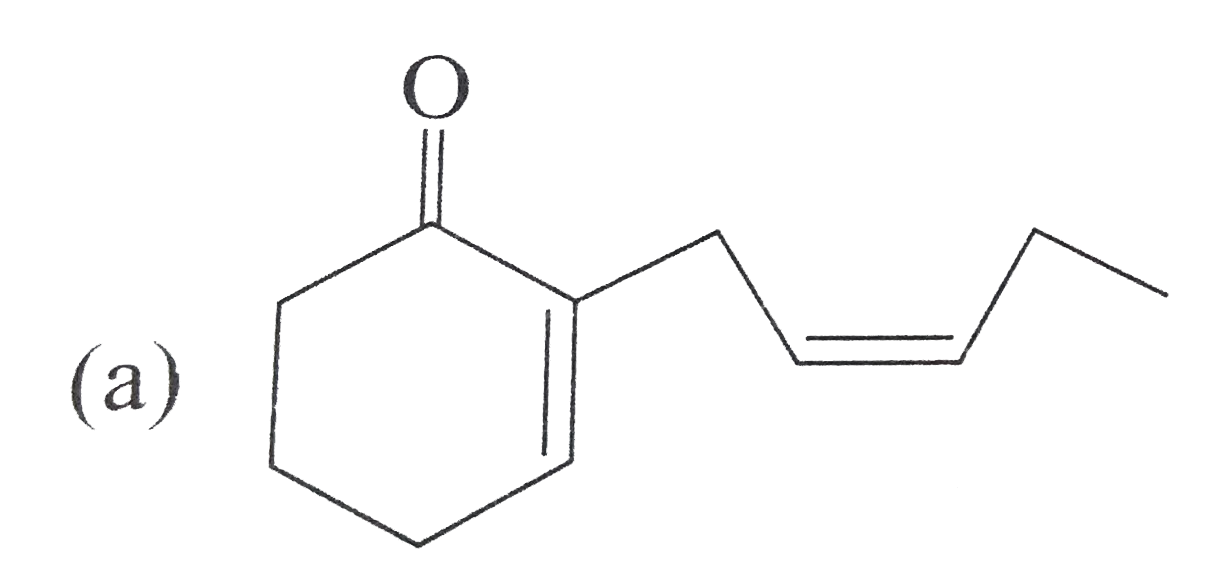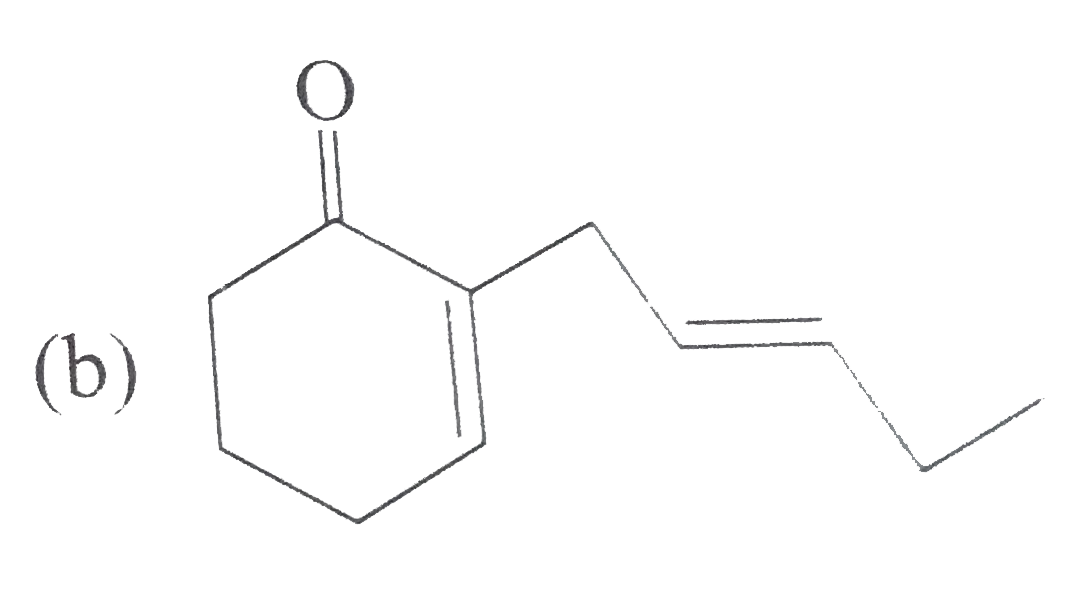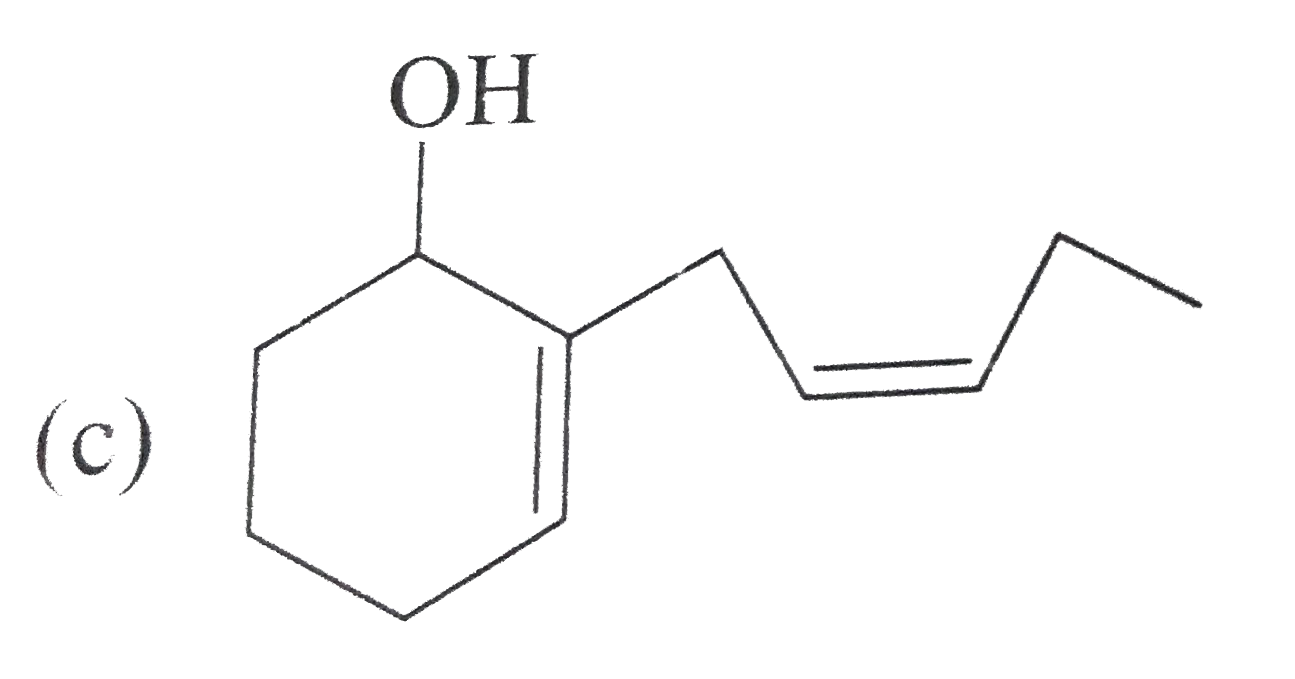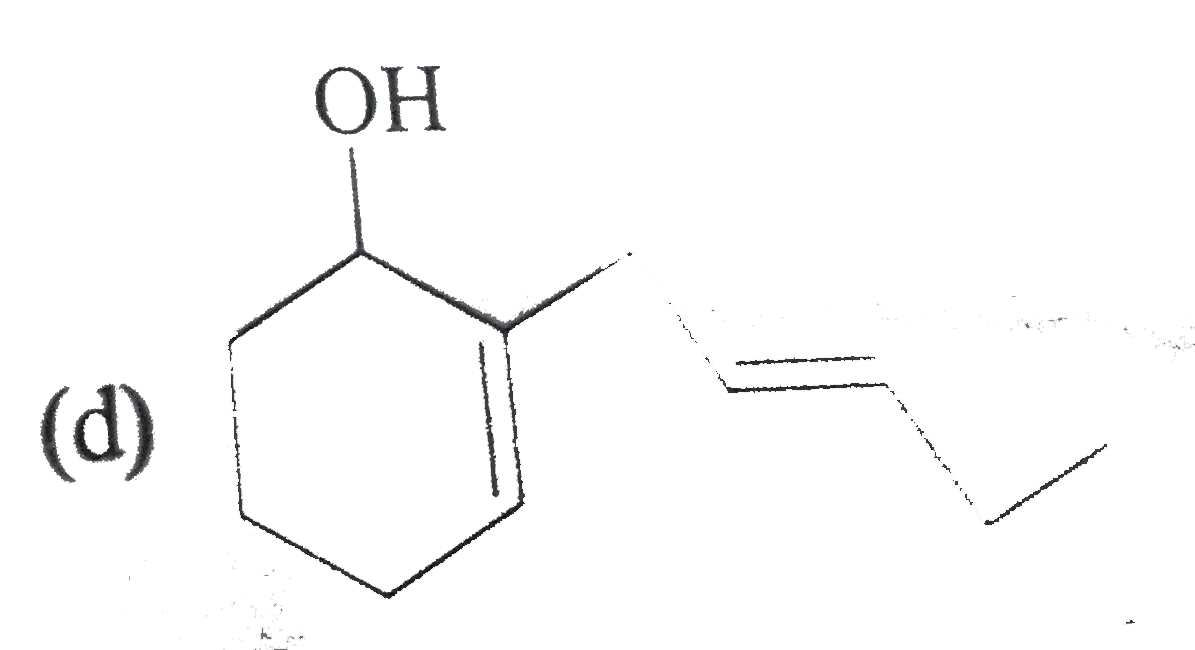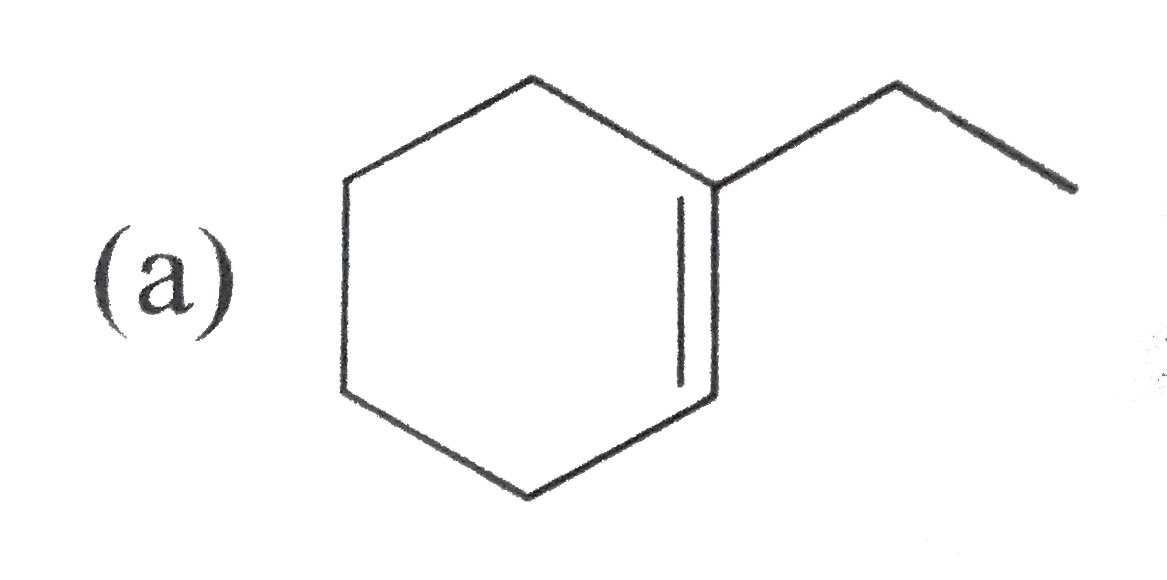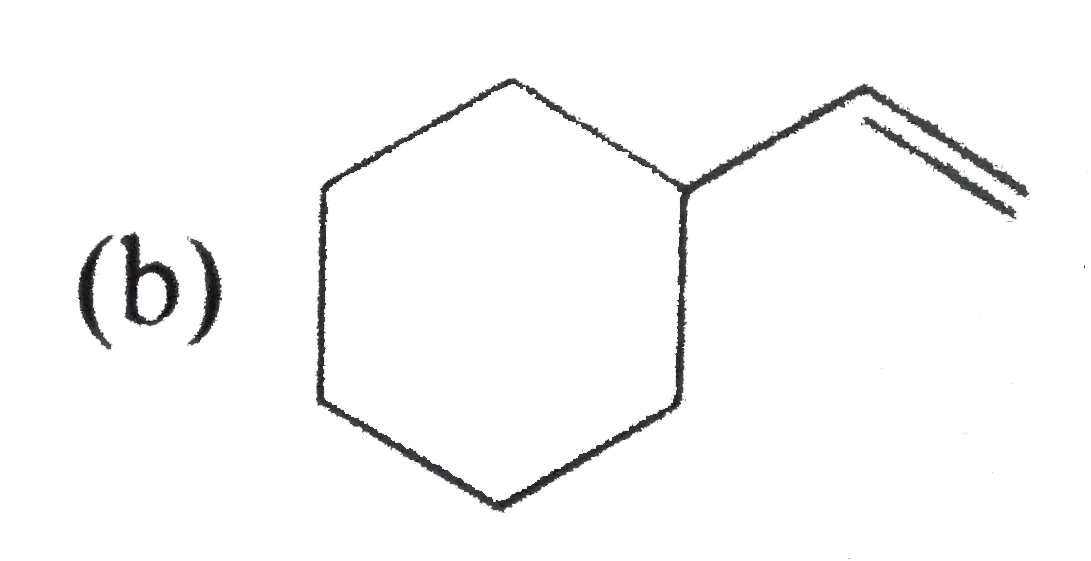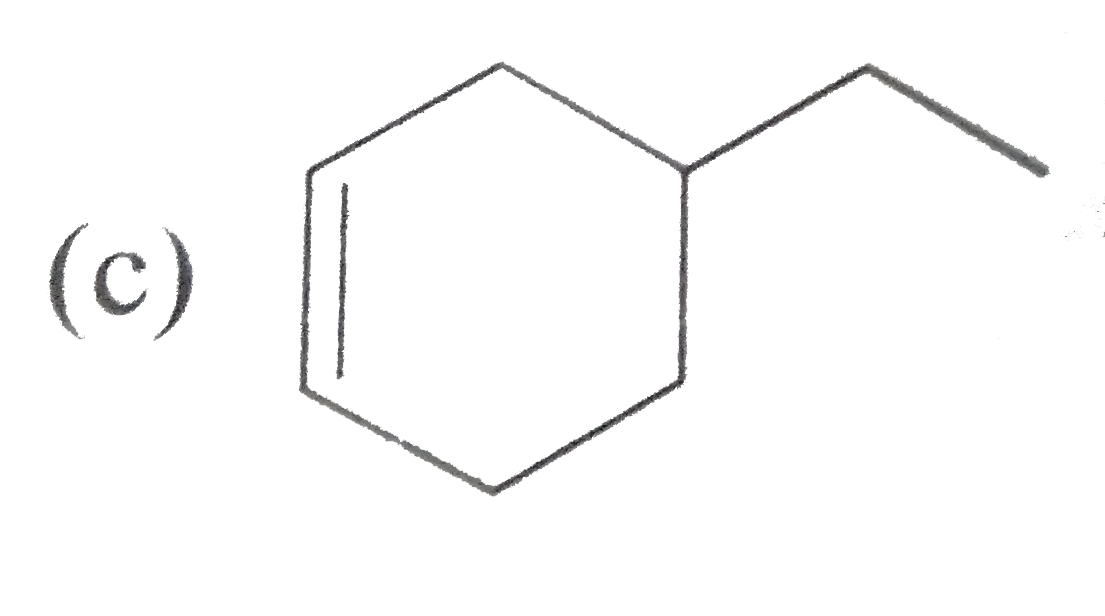A
B
C
D
Text Solution
Verified by Experts
The correct Answer is:
|
Topper's Solved these Questions
UNSATURATED HYDROCARBONS
OP TANDON|Exercise SINGLE INTEGER ANSWER TYPE QUESTIONS|10 VideosView PlaylistUNSATURATED HYDROCARBONS
OP TANDON|Exercise MATRIX MATCH TYPE QUESTIONS:|6 VideosView PlaylistSTOICHIOMETRY (CHEMICAL FORMULAE AND EQUATIONS )
OP TANDON|Exercise SELF ASSESSMENT|11 VideosView Playlist
Similar Questions
Explore conceptually related problems
Knowledge Check
Similar Questions
Explore conceptually related problems
OP TANDON-UNSATURATED HYDROCARBONS-LINKED COMPREHENSION TYPE QUESTIONS
- Hydrogenation of alkenes and alkynes takes place in presence of certai...
04:42
|
Playing Now - Hydrogenation of alkenes and alkynes takes place in presence of certai...
02:42
|
Play - Hydrogenation of alkenes and alkynes takes place in presence of certai...
Text Solution
|
Play - Hydrogenation of alkenes and alkynes takes place in presence of certai...
03:18
|
Play - Hydrogenation of alkenes and alkynes takes place in presence of certai...
Text Solution
|
Play - Oxidation without clevage of sigma bond takes place in alkenes. P...
04:23
|
Play - Oxidation without clevage of sigma bond takes place in alkenes. P...
04:09
|
Play - Oxidation without clevage of sigma bond takes place in alkenes. P...
04:24
|
Play - Oxidation without clevage of sigma bond takes place in alkenes. P...
05:42
|
Play - Oxidation without clevage of sigma bond takes place in alkenes. P...
03:34
|
Play - Oxidation of alkenes by cleavage with the acidic or alkaline KmNO(4) o...
06:51
|
Play - Oxidation of alkenes by cleavage with the acidic or alkaline KmNO(4) o...
06:05
|
Play - Oxidation of alkenes by cleavage with the acidic or alkaline KmNO(4) o...
03:57
|
Play - Oxidation of alkenes by cleavage with the acidic or alkaline KmNO(4) o...
06:54
|
Play - Oxidation of alkenes by cleavage with the acidic or alkaline KmNO(4) o...
04:10
|
Play - An alkene (A), C(5)H(12) on chlorination at 300^(@)C gives a mixture o...
10:58
|
Play - An alkene (A), C(5)H(12) on chlorination at 300^(@)C gives a mixture o...
11:56
|
Play - An acylic hydrocarbons P, having molecular formula C(6)H(10), gave ace...
14:57
|
Play - An acylic hydrocarbons P, having molecular formula C(6)H(10), gave ace...
09:53
|
Play - In the following reactions Answer the following questions:
04:54
|
Play


